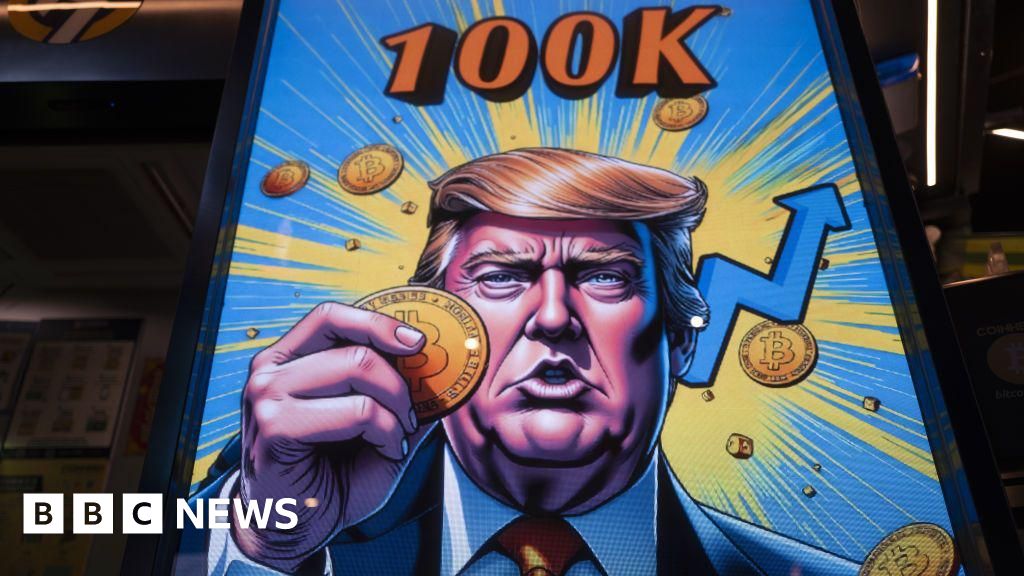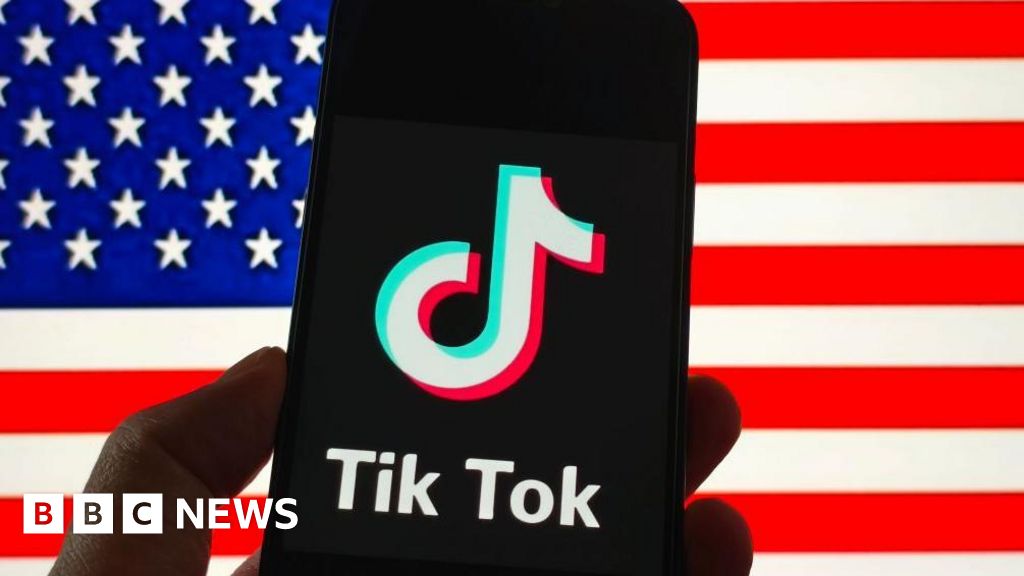ARTICLE AD BOX
Watch: BBC Weather takes a look at how the weather influenced wildfires in Hawaii
Hawaii is no stranger to wildfires, but those of the past few days are being called some of the worst in the archipelago's history.
Their toll has been devastating, though what sparked the deadly fires is still under investigation.
Hurricane winds and dry weather, however, helped fuel the flames.
Drought or abnormally dry conditions across large parts of Hawaii - including the entire island of Maui - also played a role.
Around 14% of the state is suffering from severe or moderate drought, according to the US Drought Monitor, while 80% of Hawaii is classed as abnormally dry.
Last month the National Weather Service noted that brush fires had been reported in Maui and briefly closed a highway. Forecasters warned at the time that "the risk of fires during this year's dry season is elevated".
Scientists also note that some parts of the Hawaiian islands are covered with non-native grasses that are more flammable than native plants.
This, coupled with dry conditions, can cause a spark to ignite a fire that can spread quickly.
Maui itself was also under a red flag alert - meaning warm temperatures, very low humidities, and stronger winds were expected to combine to produce an increased risk of fire danger - before the fires broke out.
Strong winds from Hurricane Dora, which passed Hawaii's coast on Tuesday, helped fan the flames even further.
The last major fire in Hawaii occurred in 2018, when winds from Hurricane Lane whipped up the flames around Lahaina - the same town ravaged by the fires this week.
Five years ago, the fire destroyed 2,000 acres of land, 31 vehicles and 21 structures - most of which were homes - according to local media.
Wildfires were once uncommon in Hawaii, ignited largely through volcanic eruptions or lightning strikes. But in recent decades, human activity has made them more common and extreme.

 1 year ago
50
1 year ago
50








 English (US) ·
English (US) ·